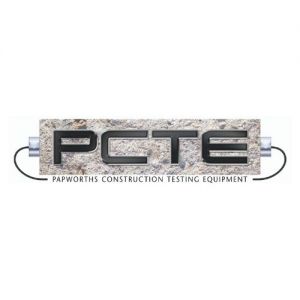Measure the Fluid Pressure by PiezometerPosted by PCTE on July 26th, 2016 A piezometer is among the basic types of manometers used for measuring moderate fluid pressure. A typical piezometer is made up of a metal tube, which is inserted in the wall of a pipe or a vessel. The tube vertically extends upward to a height where liquid can rise freely inside without overflowing. The liquid's pressure is indicated by the liquid's height in the tube over that point. The first types of piezometers for Geotechnical engineering were standpipes or open wells installed in an aquifer. However, there are now high-end units for use in rougher environments. Newer and tech-savvy piezometers now directly measure pressure, common vibrating wire sensors output frequency signals that can be transmitted through longer distances without degrading. These devices can resist external electrical noise and can tolerate wet wiring conditions, too. Thus, they are more suitable for the most demanding environments in civil engineering applications, and they offer long-term and reliable performance. How it Works A vibrating wire sensor works on the principle that when the tension wire is plucked, it vibrates at a resonant frequency. A magnetic coil is around the wire, and when pulsed by a data logger interface or vibrating readout data, it plucks the wire to measure the result from the vibration or resonant frequency. The change in the distance between the diaphragm and the anchor is related to the pressure differentials which can be converted into a kPa reading. Internal temperature sensors can be used if you log regularly to determine fast temperature changes which can cause an exaggeration in pressure readings. Features and Applications The rugged construction of a vibrating wire piezometer is suitable for the most demanding environments. It is insensitive to lengthy cables, making it reliable for accurate readings. Some non-drive-in models can be customized with threaded adaptors. Piezometers may be used to determine the fluid pressure in pump tests and hydro-fracture test, but they are versatile for pore pressure measurements in rocks and soils, too. A vibrating wire piezometer may be read using any device that supports vibrating wire readout. It can be connected with data loggers that support a vibrating wire interface module. The device generates a frequency signal, which remains unaffected by resistance changes in the connecting cables whenever there is leakage to the ground or contact resistance. About the Company: PCTE supplies a range of equipment from around the world to offer you a one stop shop with all of the latest equipment. Concrete Non Destructive Testing (NDT) comprises testing a property of concrete, largely without damaging the concrete to assess some parameter that either directly or indirectly provides a required characteristic of the concrete or its embedment. For more details, you can contact us at the website. Like it? Share it!More by this author |


